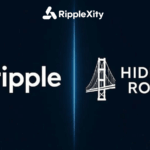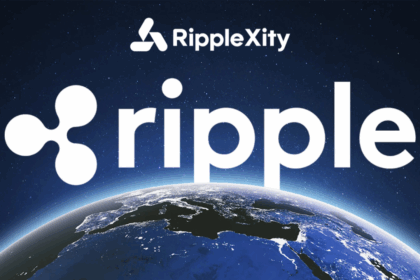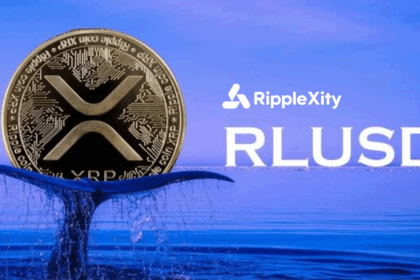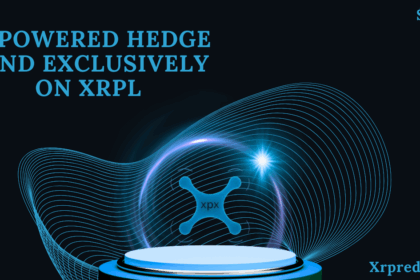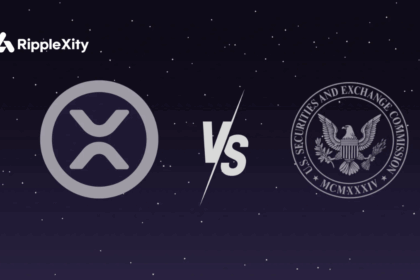For over a decade, Ripple has worked behind the scenes to position itself as a bridge between traditional finance and decentralized infrastructure. While many blockchains focused on grassroots adoption or experimental DeFi models, Ripple built quietly — forming strategic partnerships with global banks, payment providers, and regulatory bodies.
Now, in 2025, the payoff is clear: institutional onboarding onto the XRP Ledger (XRPL) is accelerating, and Ripple’s infrastructure is at the heart of this transformation.
This article explores the institutional adoption curve of Ripple technology, why legacy financial institutions are choosing XRPL, and how this signals a new era for blockchain utility.
The Institutional Hesitation — and What Changed
In the early years of crypto, institutions were wary of blockchain:
- Unclear regulatory frameworks
- Volatile markets and hacks
- Lack of scalability and compliance tooling
However, Ripple’s enterprise-focused model offered a different approach:
- Compliance-first infrastructure
- Real-time settlement via On-Demand Liquidity (ODL)
- Strategic dialogues with regulators and central banks
Today, with major legal clarity achieved (such as the landmark XRP vs. SEC case), the financial world is no longer on the sidelines — it’s moving in.
Ripple’s Core Institutional Advantages
🧠 1. Proven Use Case: Cross-Border Settlement
RippleNet and XRPL offer real-time, low-cost international payments without pre-funded accounts. For banks, this means:
- Lower capital requirements
- 24/7 settlement capability
- Seamless FX integration using XRP as a bridge asset
🔐 2. Regulatory Alignment
Ripple’s strategy has always focused on working with regulators, not against them. Recent wins in the U.S. courts and its growing footprint in regions like the UAE, Singapore, and Brazil have given institutions confidence to onboard.
🧰 3. Institutional-Grade Tooling
Ripple has developed APIs, SDKs, and full-stack enterprise infrastructure to allow:
- Banks to integrate payment rails with minimal friction
- Financial institutions to issue and settle tokenized assets via XRPL
- Custodians to manage on-chain liquidity securely
🌍 4. Global Liquidity Ecosystem
With dozens of RippleNet corridors and the integration of On-Demand Liquidity, financial firms gain access to a global, real-time FX network, enabling capital efficiency at scale.
Notable Institutional Integrations
🔹 SBI Holdings (Japan)
One of Ripple’s longest-standing partners, SBI has integrated XRP payments into its remittance network and has launched crypto-asset mutual funds.
🔹 Tranglo (Asia)
Ripple’s investment in Tranglo has opened corridors across Southeast Asia, allowing regional banks to onboard Ripple’s ODL infrastructure.
🔹 UAE Expansion
Ripple’s recent regulatory approval in the UAE opens a path to the $2 trillion remittance market and regional tokenization pilots — positioning Ripple as a payment layer for Gulf banks.
🔹 Latin America Partnerships
Institutions in Colombia, Argentina, and Mexico are exploring XRP-powered stablecoin solutions for high-inflation economies and remittances.
Tokenization and Institutional Asset Issuance
Ripple is not only enabling payments but also empowering financial institutions to issue tokenized assets directly on the XRP Ledger.
These include:
- Tokenized government bonds
- Digitized mutual funds and ETFs
- Central Bank Digital Currencies (via Ripple’s CBDC Platform)
Ripple’s XRPL offers native tokenization support, including built-in compliance features, trust lines, and decentralized exchange access — without the need for smart contract vulnerabilities.
The Role of Ripple Liquidity Hub
Ripple’s Liquidity Hub acts as a bridge between crypto and fiat for institutions, solving one of the biggest hurdles to institutional adoption:
- Automated asset routing across crypto and fiat
- Deep liquidity across exchanges and over-the-counter desks
- Unified interface for treasury teams to manage digital asset exposure
Liquidity Hub ensures institutions can interact with XRPL without holding direct crypto exposure, further de-risking onboarding.
What Institutional Adoption Means for XRP
The adoption of Ripple infrastructure by financial giants doesn’t just validate the tech — it enhances the long-term value proposition of XRP, which plays a pivotal role in:
- Enabling cross-currency liquidity
- Fueling tokenized asset exchanges
- Supporting new enterprise-level financial services
As more volume flows through XRP-powered corridors and tokenized rails, XRP becomes not just a utility token, but a liquidity standard.
Final Thoughts
The wave is here. After years of preparation, Ripple is becoming the blockchain backbone of financial institutions seeking speed, compliance, and global reach.
From programmable money to tokenized funds, XRPL is quietly becoming the infrastructure layer for traditional finance in the Web3 era.
As banks, fintechs, and asset managers adopt Ripple’s technology, XRP’s institutional utility is not a prediction — it’s a process already unfolding.
RippleXity will continue to cover every step of this institutional transformation — stay tuned.






